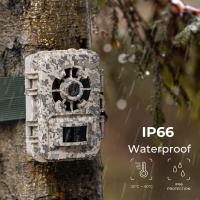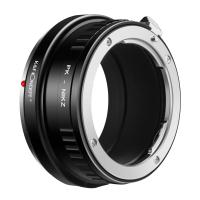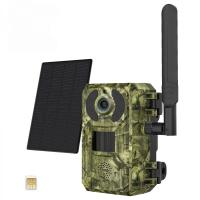A
A2: The benefits of using a wireless trail camera include the ability to monitor wildlife and other outdoor activities remotely, the convenience of not having to physically retrieve the camera to view the footage, and the ability to receive real-time alerts when motion is detected.
A
A3: Setting up a wireless trail camera typically involves connecting the camera to a wireless network, downloading an app or software to your device, and configuring the camera settings to your preferences. Some cameras may also require additional hardware, such as a cellular modem or antenna.
A
A4: The battery life of a wireless trail camera can vary depending on the camera model, the frequency of use, and the environmental conditions. Some cameras may have a battery life of several months, while others may require more frequent battery replacements.
A
A1: A wireless trail camera is a type of camera that can be placed in remote locations and can transmit images and videos to a remote device via a wireless network.
A
A5: Yes, a wireless trail camera can be used for home security purposes. Many cameras have features such as motion detection and real-time alerts that make them well-suited for monitoring the exterior of a home or property. However, it is important to check local laws and regulations regarding the use of surveillance cameras.
Products You May Like
$162.99
$135.99
Related Searches





















